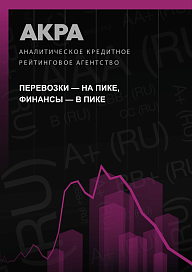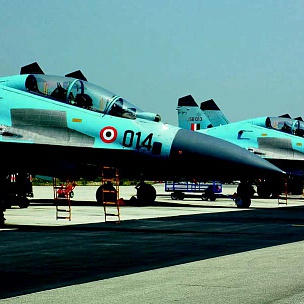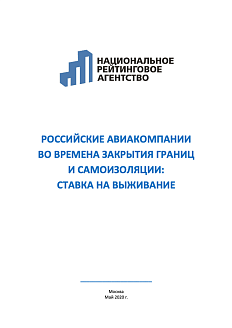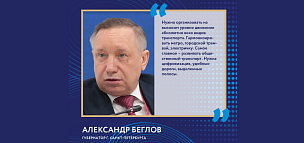Growth rates in the Russian air passenger market are ahead of global indicators. However, ACRA expects this trend to slow down in the coming years. In 2018, the number of transported passengers in the Russian market amounted to 137.4 million, up 10.8% y-o-y. The average annual growth rates of Russian passenger air travel are ahead of global indicators (8.6% compared to 6% in 20122017), while the passenger load factor is comparable at 8183%.
The carrying capacity of Russian airline companies continues to grow and demand for regional aircraft should grow in the coming years. ACRAs assessments show that from 2015 to 2018, the total seating capacity of Russian airline companies increased by 45% to 180 thousand seats, which in general coincides with global trends. The fleets of Russian airline companies are made up mainly of aircraft produced abroad and the average age of these fleets exceeds the global average. The development of regional transport could stimulate the demand for aircraft with a capacity of 7090 seats.
The total revenue of Russian airlines is growing, following operational indicators. ACRA estimates the size of the Russian air passenger market to be RUB 1.2 tn for 2018, up 11.8% y-o-y. However, revenue growth has fallen behind expense growth; in 2018, CASK (cost per available seat kilometer) increased by 21% while RASK (revenue per available seat kilometer) increased by only 11%. The Russian markets RASK to CASK ratio is behind the global ratio. In 2018, this ratio was 0.85x for the Russian market, while the global ratio stood at 0.97x. Fuel costs remain the key driver of CASK for all airlines, and Russian carriers spend more on leasing and interest expenses than foreign companies.
.png)
The debt load of Russian carriers is comparable to that of foreign airline companies, while coverage on debt payments is lower. The ratio of debt adjusted for operating lease to FFO (funds from operations) before fixed charges for the Russian air passenger market stands at 4.8x for 2018, while the global ratio amounts to 4.6x. Coverage on interest and leasing payments with FFO before fixed charges for this period was 1.4x and 2.2x, respectively. This indicator approaching 1.0x points to increased risks for creditors.






